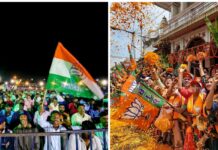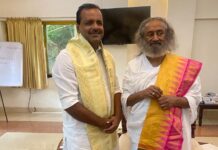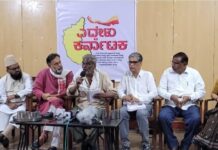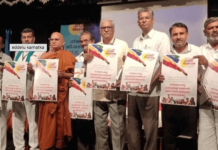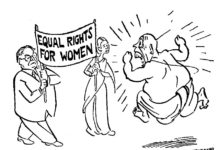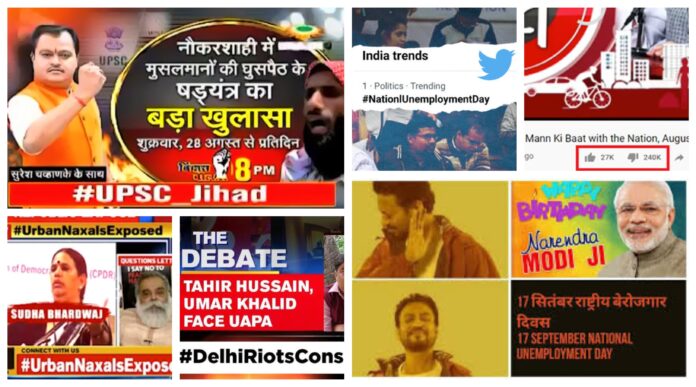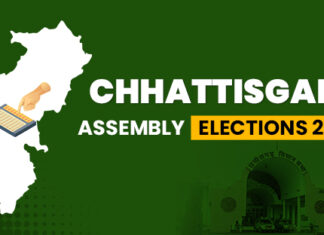The Ministry of Information and Broadcasting submitted an affidavit to the Supreme Court Bench ruling in the case of Sudarshan News, the television channel which came under the radar for its ‘UPSC Jihad’ show, asking it to regulate digital media instead of electronic media.
5. Sudarshan News and Hindutva Propaganda
The editor-in-chief of the channel, Suresh Chavhanke, who has strong ties with the BJP-RSS, had released a trailer, in which he called those passing out of Jamia’s Residential Coaching Academy (RCA) and clearing the Union Public Service Commission (UPSC) as “Jamia ke Jihadi”, saying that Muslims in the civil services are mere “infiltrators”.
The channel and this show, known as Bindass Bol, received widespread opposition, including especially from teachers, students, and alumni from Jamia Millia Islamia University, and former members of the civil services.
Initially, the Delhi High Court issued a stay order on the broadcast of the show after a petition filed by students of Jamia. At the time, the Supreme Court bench of Justices D Y Chandrachud and K M Joseph had refused to impose a pre-broadcast ban on the show but noted that the petition highlighted that the expression of views derogatory to a particular community had a divisive potential and had raised significant issues bearing on the protection of constitutional rights.

